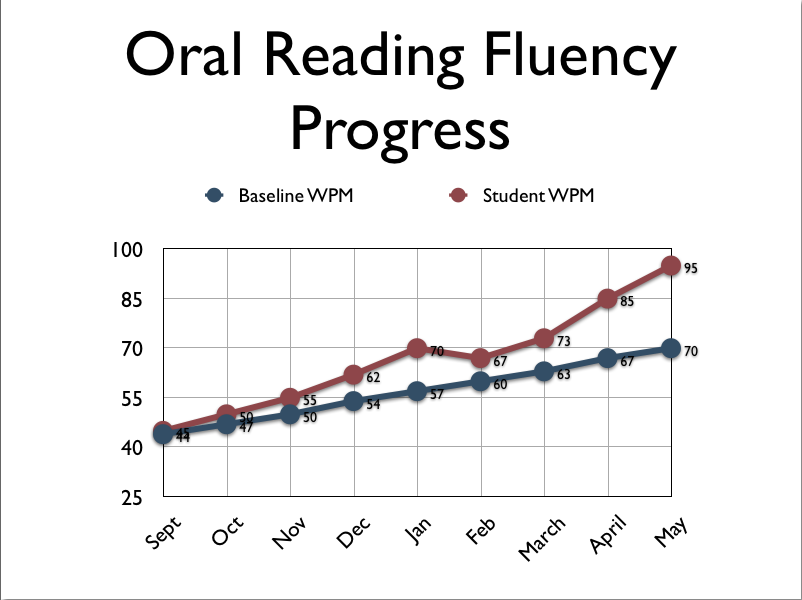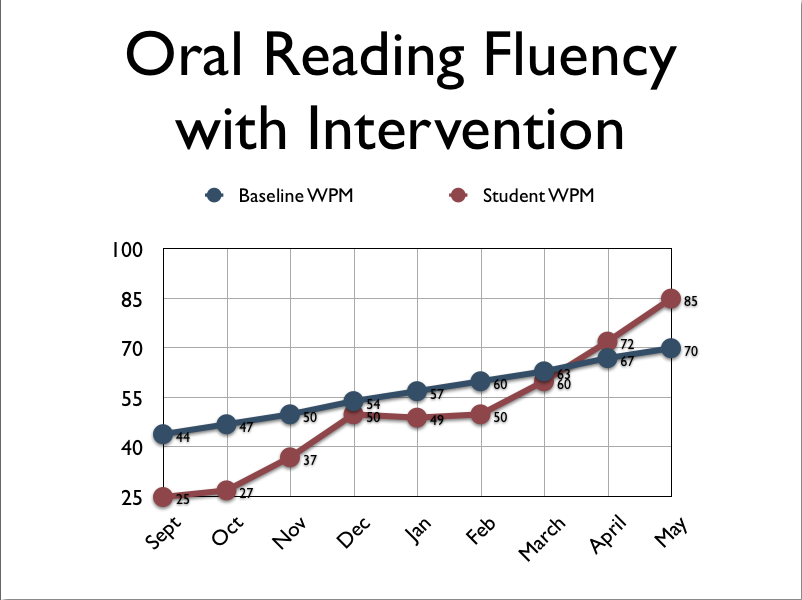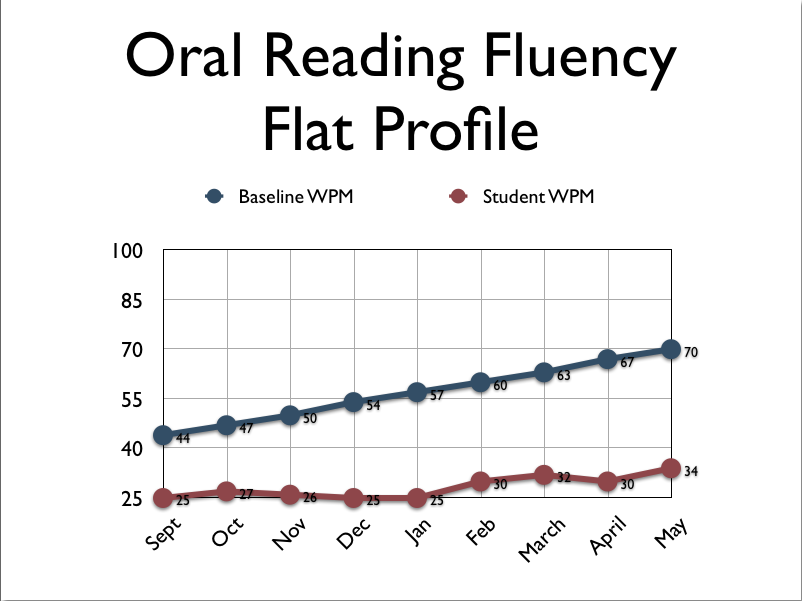Intervention Effectiveness
Adequate Progress
If the intervention was a success, it is time to consider fading the support provided by the intervention. The ultimate goal is for the student to be able to perform independently without special support. A slow withdrawal of the intervention with continued progress monitoring using screening assessments, will help to transition the student to independence. If the problem reoccurs, it will be easy to re-implement the successful intervention.
Intervention Support
While reviewing the progress monitoring data, the problem solver needs to decide if there is any measurable improvement. If the data shows that there was improvement, but not enough to meet the goal, it could be an issue of time and intensity. Should the length of the student’s intervention continue? This is an increase in the time of the intervention. Should the educator increase the amount of the student’s day spent in the intervention? This would be an increase in the intensity of the intervention. These are the most essential questions to consider if student growth in stagnant.



